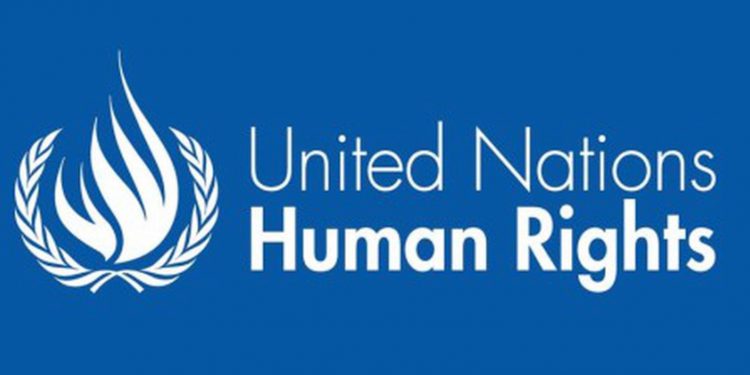On Human Rights Day, we’re talking about the Right to Food. Nearly 690 million people are hungry, or 8.9 percent of the world population – up by 10 million people in one year and by nearly 60 million in five years.
In 2019, close to 750 million – or nearly one in ten people in the world – were exposed to severe levels of food insecurity.
Every year, around 9 million people die of hunger, according to the international relief agency Mercy Corps. That’s more than the death toll of AIDS, malaria and tuberculosis combined.
What is the Right to Food?
The Right to Food is a universal right to all people to live free from hunger, food insecurity and malnutrition. This right is part of several international treaties and laws.
It is enshrined in Article 25 of the United Nations’ Universal Declaration of Human Rights (UDHR) as part of the Right to Adequate Standard of Living. It is one of thirty rights enshrined in the declaration.
It is also recognised in Article 11 of the International Covenant on Economic, Social and Cultural Rights (ICESCR), a multilateral treaty adopted by the United Nations in 1966, and Article 24 of The United Nations Convention on the Rights of the Child (1989).
Under these agreements, governments have the obligation to respect, protect and fulfil the right to food.
Some countries have taken steps to realise the Right to Food for their citizens. This doesn’t yet include the UK. The Right to Food is explicitly recognised in 29 countries, including Brazil, Bolivia, Ecuador, Guatemala, Kenya, Nicaragua and Nepal.
Brazil
Brazil was considered a pioneer on the Right to Food. The country’s Fome Zero (Zero hunger) strategy was launched by President Lula da Silva in 2003. This was signed into law in 2006 under Brazil’s National Food and Nutrition Security Framework Law (LOSAN). Then, one percent of Brazil’s national budget was directed to tackling hunger and malnutrition.
The strategy introduced a number of social protection programmes including a national school-feeding programme which provides 43 million students with a nutritionally-balanced meal each day, and the Bolsa Familia (Family Grant) programme which provides cash-transfers to low-income families on the condition that they keep their children in school.
The strategy had been successful. The number of undernourished people in Brazil fell by more than 80% in 10 years and led to Brazil’s removal from the United Nations’ World Hunger map in 2014. However, it is now sliding backwards on food provision.
In the first decade of this century, one-sixth of the population was lifted out of poverty. But Brazil slid into a deep, long-lasting recession in 2015 amid a collapse in commodities prices. Coronavirus has caused hunger on a scale not seen in decades, worsening poverty that was already rising due to cuts to social programmes.
India
The Right to Food was formally recognised in India, a country with some of the highest rates of malnutrition in the world, in 2001, following a petition by the People’s Union for Civil Liberties v Union of India to the government.
In 2013, The National Food Security Act (NFSA), also known as the Right to Food Bill was passed into law. The Act aims to provide subsidised rice, wheat and grain are provided to approximately two thirds of India’s 1.3 billion people.
It also provides a cooked meal for all children in government funded primary schools in drought areas of at least 450 calories and 12g of protein, including during the school holidays. Under the scheme, all adolescent girls, pregnant and lactating women, and children under six are also eligible for free cooked meals.
The NFSA is one of the world’s largest social security programmes and makes 810 million Indians legally eligible for subsidised food grains.
There is still work to do in India as according to Food and Agriculture Organisation estimates in The State of Food Security and Nutrition in the World, 2020 report, 189.2 million people are undernourished in India. By this measure 14% of the population is undernourished in India.
In many countries, however, the Right to Food has not been integrated into national law. Without national legislation, citizens are unable to hold governments accountable for fulfilling these obligations and 820 million people still go hungry worldwide.
With the impact of Covid-19, the Right to Food has never been more important. The UN World Food Programme has warned that an additional 130 million people could face acute food insecurity by the end of 2020.
More information on the Right to Food around the world can be found on the UN Food and Agriculture Organisation’s website here.























